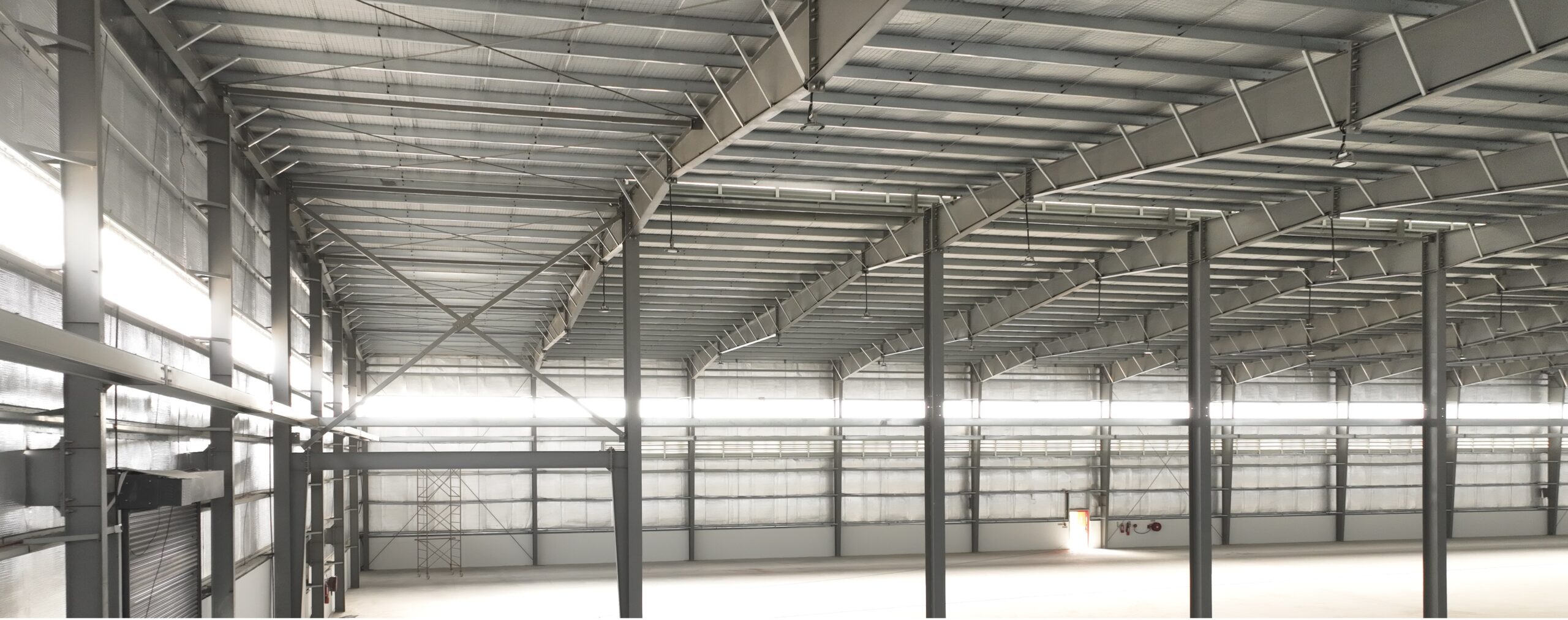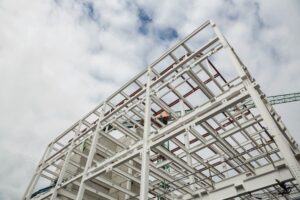
Detailing for Bird-Proof Requirements in Industrial Facilities
Bird infestation poses several challenges for industrial structures, including damage to property, health risks, and operational disruptions. To address these concerns effectively, it is important to incorporate bird-proof measures during the design and construction of the industrial facilities.
This blog delves into the importance of detailing bird-proof requirements in industrial facilities, exploring all the important considerations, and providing effective solutions. By acknowledging potential risks and impacts, identifying essential bird-proofing measures, considering design aspects, emphasizing maintenance and inspections, and collaborating with bird-proofing experts, industrial building facilities can mitigate the negative consequences of bird infestation and develop a safer and more productive environment.
Understanding the Risks and Impacts
Bird infestations in industrial buildings can lead to a range of problems. Birds nesting in industrial machinery or equipment may cause malfunctions and downtime, resulting in financial losses. Accumulated bird droppings can corrode building materials and compromise structural integrity, leading to costly repairs.
Additionally, bird droppings are known to hold on to bacteria, fungi, and parasites, posing health risks to employees and potentially contaminating products or processes in industries.
Identifying key bird-proofing measures Exclusion Measures
The primary aim of bird-proofing industrial buildings and facilities is to prevent birds from entering the factory premises. This can be achieved through various exclusion measures, including:
- Netting: installing bird nets over open spaces, such as loading bays, to create a physical barrier for birds that prevents them from entering.
- Wire Mesh: Installing wire mesh screens over openings such as vents, chimneys, and other openings to block the access of birds while allowing ventilation.
- Bird Spikes: Incorporating bird spikes on ledges, beams, and other surfaces to prevent birds from landing and roosting.
Deterrent Measures
In addition to exclusion, deterrent measures can help prevent birds from approaching or staying within industrial premises. These measures include:
- Visual Deterrents: Using reflective elements, such as Mylar strips or owl-shaped decoys, to create visual disturbances that birds find terrifying
- Auditory Deterrents: Incorporating sound devices that emit distress calls or predator sounds to ensure the prevention of birds from settling in the area.
- Bird Repellents: Applying bird repellent gels or sprays on various surfaces where birds are likely to perch creates an unpleasant tactile experience for them.
Design Considerations for Bird-Proofing
During the design phase of industrial buildings and facilities, incorporating bird-proofing considerations can save a lot of time and resources. Key design considerations include:
a. Building Materials: The selection of bird-resistant building materials, such as metal or concrete, can help deter birds from perching or nesting on surfaces.
b. Roof Design: Installing sloped roofs with smooth surfaces discourages birds from landing and nesting. Additionally, incorporating overhangs or eaves can prevent birds from accessing roof areas.
c. Openings and Vents: ensuring that all openings in the facility, such as doors, windows, and vents, are properly screened with bird netting or wire mesh to prevent bird entry while maintaining proper airflow.
d. Waste Management: Implementing effective waste management practices in industries is essential, as open waste bins or uncovered dumpsters can attract birds. Securely sealed waste containers and frequent waste removal can help minimize bird attraction.
Maintenance and Inspections
To ensure the effectiveness of bird-proofing measures, timely maintenance and inspections are important. Industrial facilities should perform routine checks to identify any potential gaps or damages in exclusion measures, such as damaged netting or missing spikes. In addition to this, ongoing cleaning and removal of bird droppings and nests are essential to prevent accumulation and maintain a hygienic environment.
Collaborating with Bird-Proofing Experts
Given the complexity of bird behavior and the wide range of bird species, collaborating with bird-proofing experts can offer valuable insights and solutions tailored to specific industrial facility requirements. Bird control experts can conduct site assessments, recommend suitable bird-proofing measures, and ensure compliance with local regulations and guidelines.
Wrapping Up
Incorporating bird-proofing measures in industrial facilities is an important aspect of ensuring the smooth and efficient operations of these establishments. By comprehending the risks and impacts associated with bird infestation, identifying and implementing the necessary exclusion and deterrent measures, considering bird-proof design considerations, and maintaining regular inspections and maintenance, industrial facility owners can effectively mitigate the challenges posed by bird infestation.
Furthermore, collaborating with bird-proofing experts provides valuable expertise and customized solutions tailored to the specific needs of each facility. Ultimately, by prioritizing bird-proof requirements, industrial facilities can safeguard their assets, protect employee health, and maintain uninterrupted operations. By creating bird-free environments, these facilities can focus on their core activities while promoting productivity and safety.





